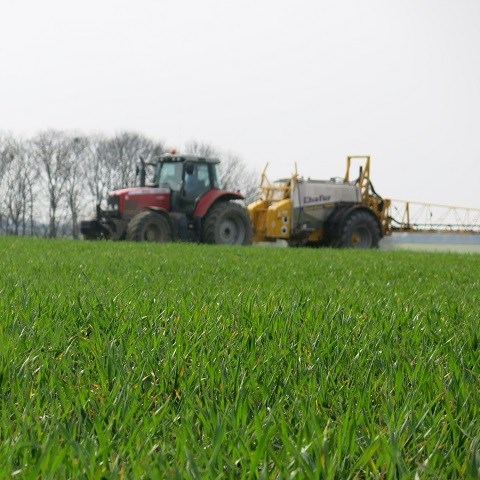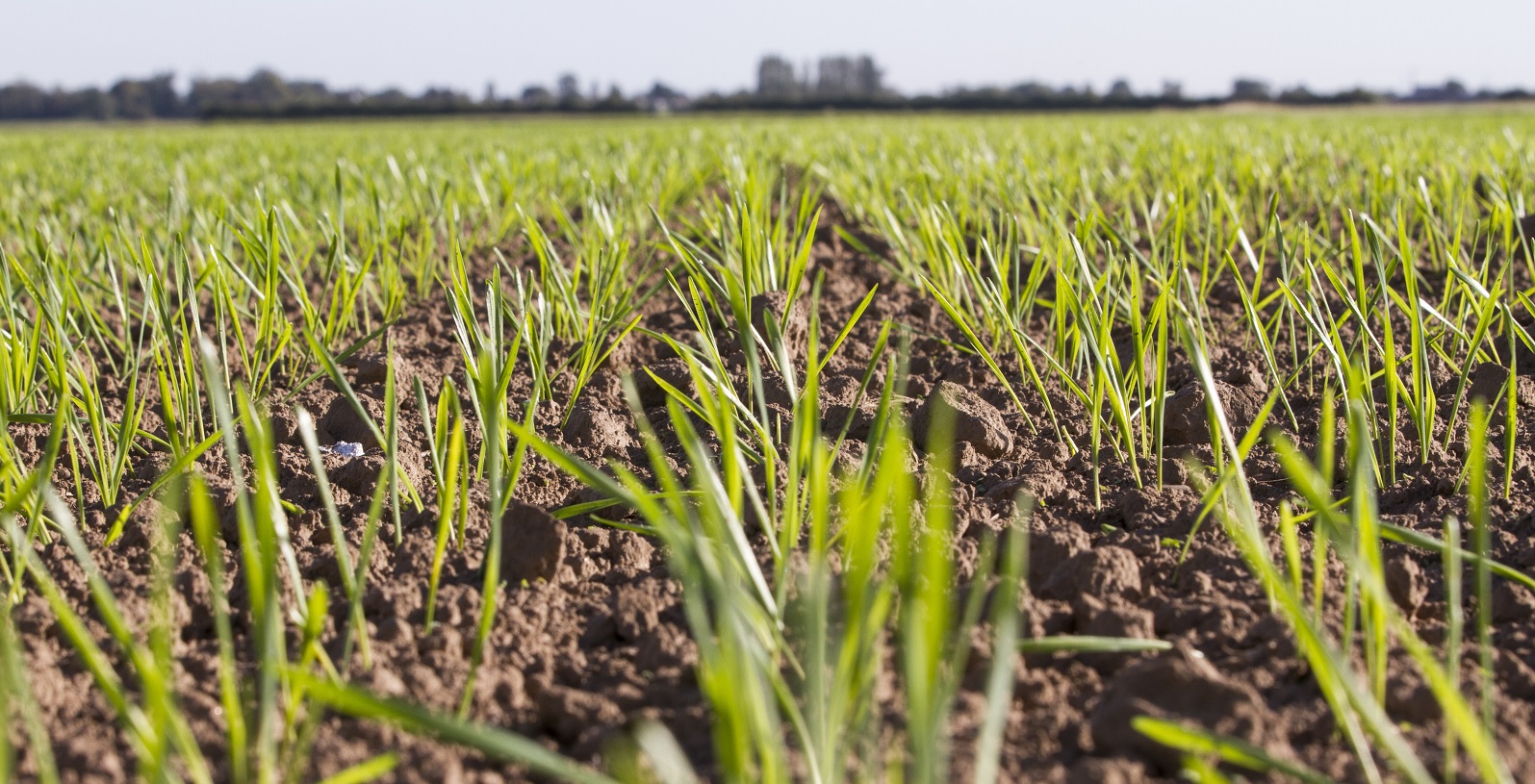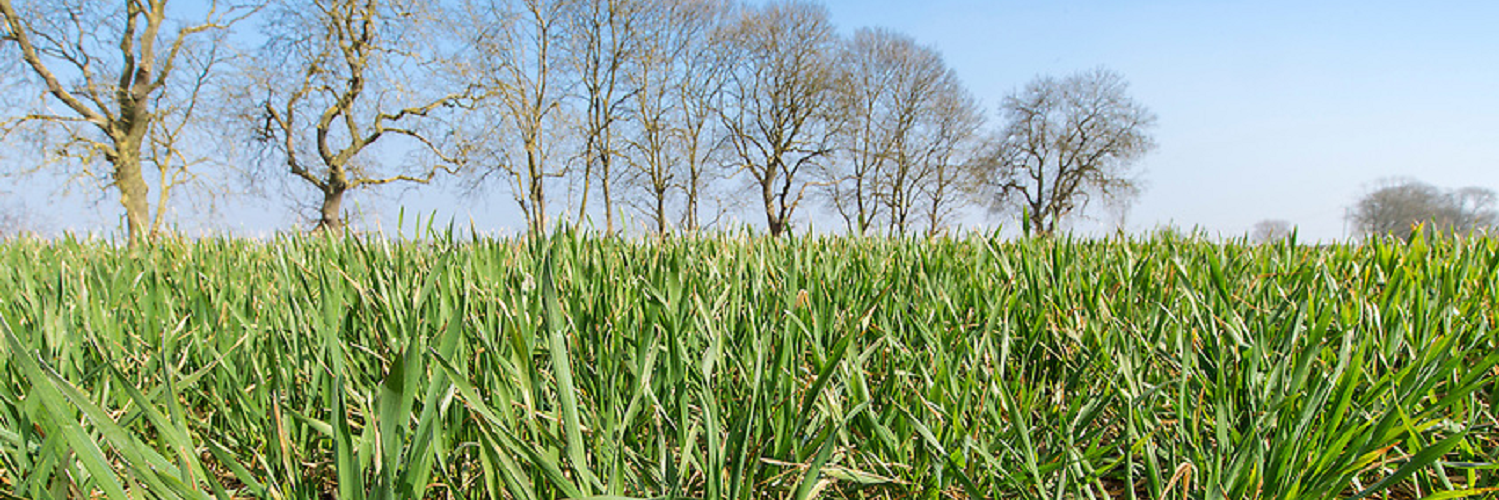Tackle emerged black-grass populations when they’re most susceptible
When it comes to black-grass, every percent of control counts. When each black-grass head produces on average 100 seeds, smart choices can make a big difference to seed return.
Bayer’s new post-emergence herbicide, Monolith, can provide 10% uplift in black-grass control in the spring compared to Atlantis WG during the spring and is one small change to boost your black-grass control programme.
Visit our Monolith page to discover how you can improve your black-grass control this spring.




